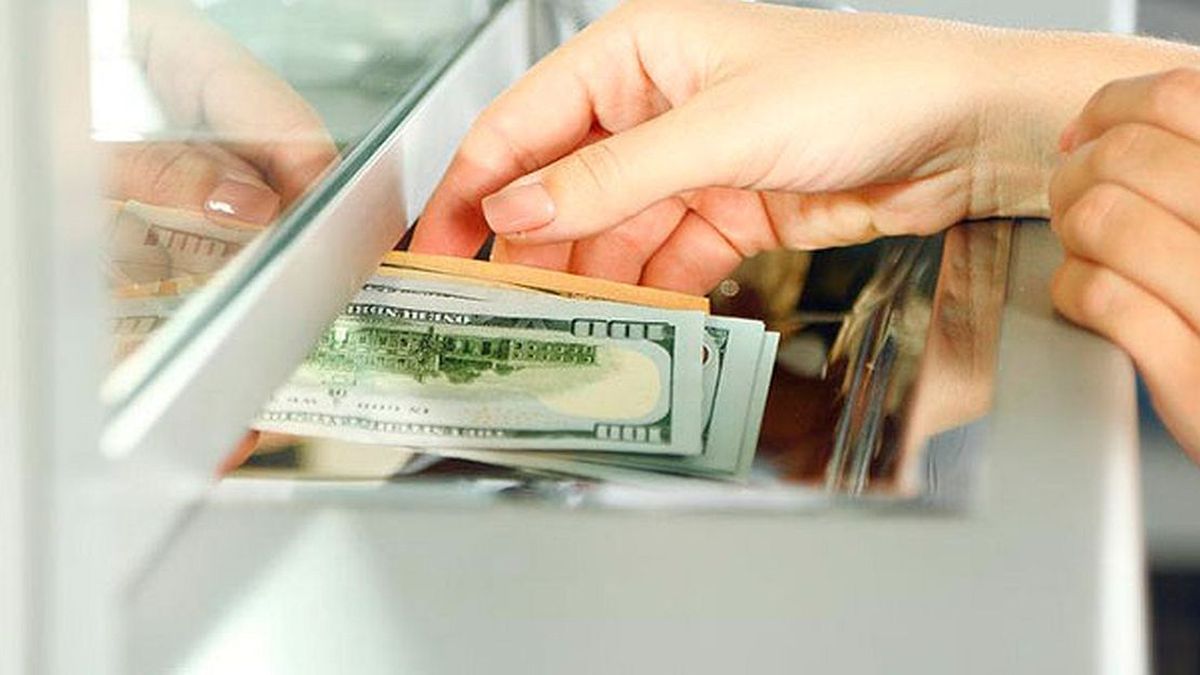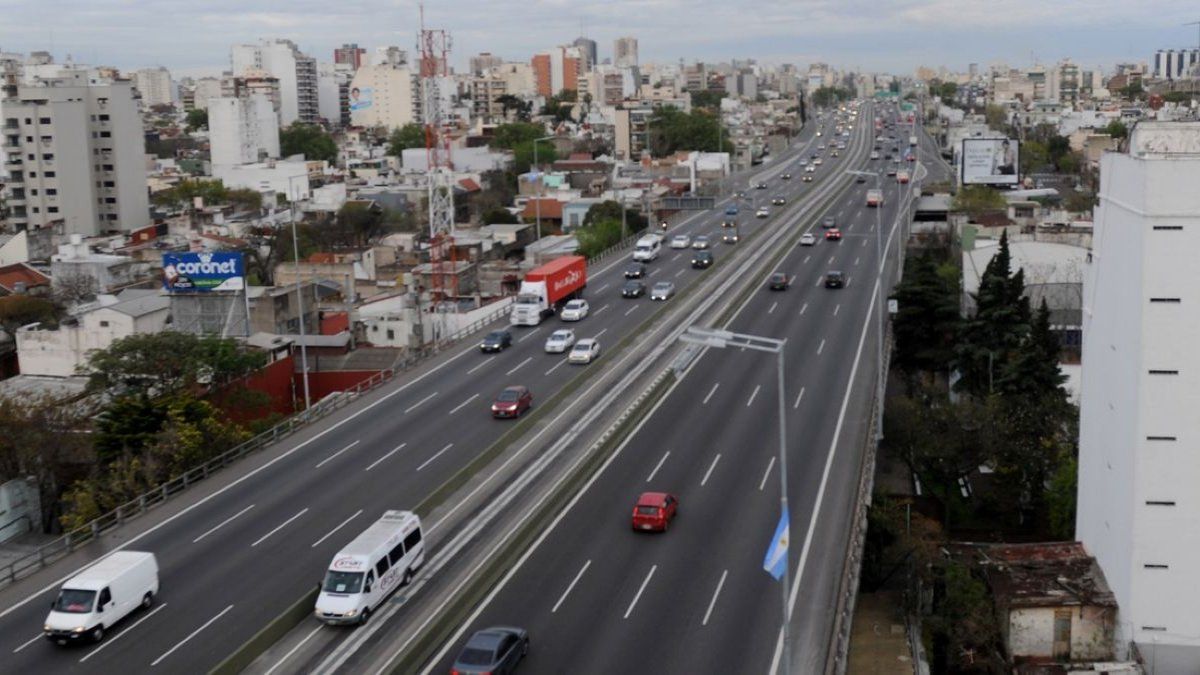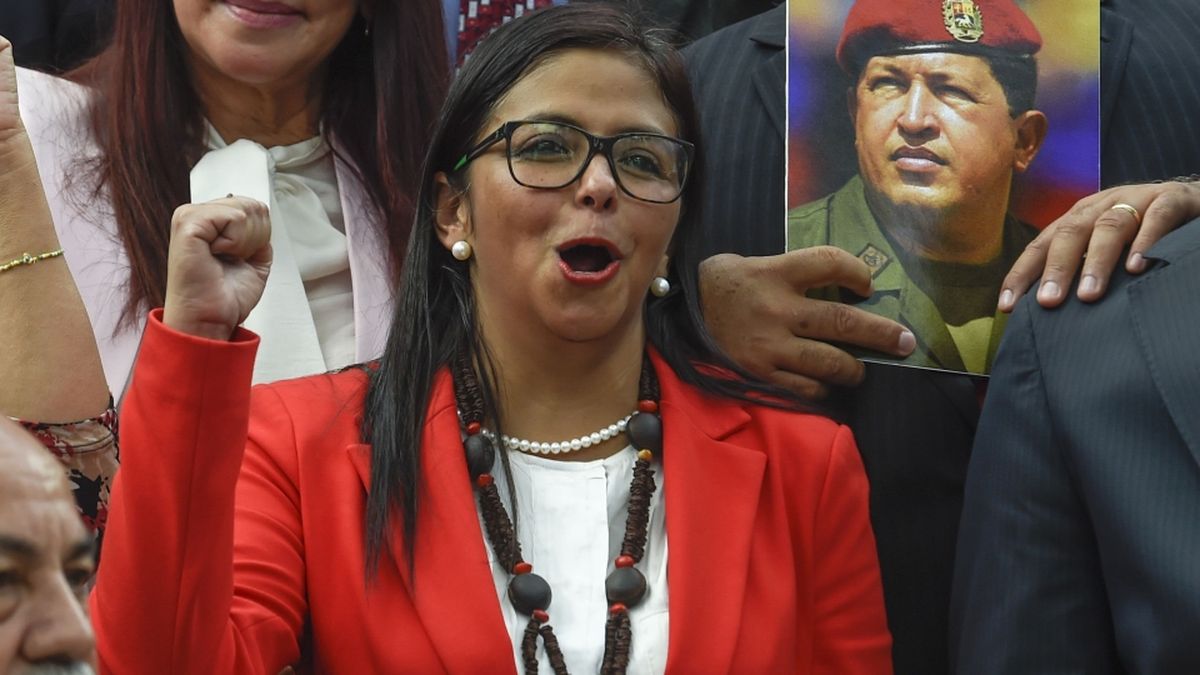The Central Bank reported the second rise in interest rates so far this year. This is an increase of 3.5%, a level close to the inflation rate of 3.9% that the Indec revealed for January.
This rise also has repercussions on the level of prepayment rates for UVA+1 fixed terms (Purchasing Value Units), which went from 34% to 36.5%.
With this, the BCRA replaced by 0.8588 the coefficient that determines the prepayment rate of deposits that have the early cancellation option in UVA.
“We are waiting for January inflation to analyze changes in the interest rate”, the president of the BCRA, Miguel Pesce, had anticipated in an interview at the beginning of the month, when a rate hike had just begun to be implemented that had taken the return on fixed terms from 37% to 39% per year.
In this way, the Central Bank accumulates a rate hike of 450 basis points so far in 2022, a measure that is part of an adaptation of monetary policy in line with its 2022 Objectives and Plans, with which it seeks to establish a interest rate path that grants “positive real returns on investments in local currency, and preserves monetary and exchange stability”.
“The Board of Directors of the BCRA decided to raise the monetary policy reference rate by 250 basis points and create the 180-day Liquidity Note (Notaliq) in order to offer a medium-term instrument to absorb liquidity”reported the monetary authority in a statement.
From now on, the 28-day Leliq rate -the debt securities that banks can access to support the fixed terms of their depositors- will have a nominal annual yield of 42.5% (TNA), equivalent to a TEA of 51.9%, while the 180-day Leliq will have a nominal annual yield of 47% (TNA), equivalent to a TEA of 52.6%.
The new instrument, the Notaliq, will have a variable rate equivalent to the effective annual yield of the 28-day Leliq and its objective, explained from the BCRA, is that banks can choose between a fixed-rate instrument, the 180-day Leliq, or to it at a variable rate.
The rate currently paid by the Notaliq is equal to that of the Leliq at 180 days (47% TNA) but, for example, if that rate changes within a month, it will be applied automatically for the remaining 150 days of the Notaliq .
“If an entity believes that there will be a rate hike in the future, the Notaliq is convenient for it. If, on the contrary, it believes that there will be a reduction, the 180-day fixed rate is convenient for it,” they explained from the BCRA.
Rest of the fees
The rest of the rates regulated by the BCRA will not change, so that the rate for financing unpaid credit card balances remains at 9%.
The rates of productive investment lines are also maintained with a rate of 30% and for working capital with a rate of 41%.
The rate hike occurs at the same time that the gap between the official dollar exchange rate and the alternatives -MEP and CCL- reach their lowest levels in the year.
This Thursday, the “liquid counted” dollar (CCL) fell for the fourth consecutive day to $209.92, so the gap with the wholesaler ($106.67) fell to 96.8%, while the MEP dollar fell at $203.03 (+90.3% than the wholesaler).
In fact, since the announcement of the principle agreement with the IMF last January 27, the price of the CCL has accumulated a drop of 10% (-$23.25) and the MEP of 8.5% (-$19.02).
Source: Ambito
David William is a talented author who has made a name for himself in the world of writing. He is a professional author who writes on a wide range of topics, from general interest to opinion news. David is currently working as a writer at 24 hours worlds where he brings his unique perspective and in-depth research to his articles, making them both informative and engaging.




